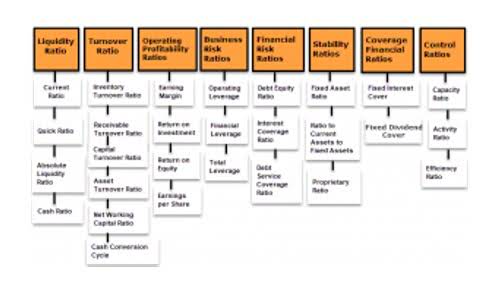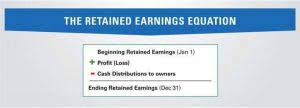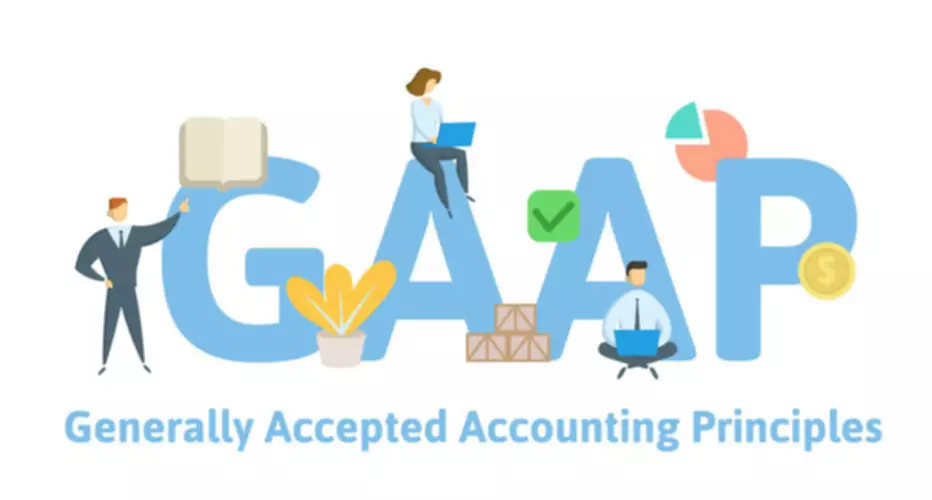Content
- The right solution for project accounting
- Top 10 monday.com integrations to improve your workflow
- What is project management accounting?
- S2 Project Accounting
- What are the benefits of FinancialForce’s project accounting capabilities being on the Salesforce platform?
- Why Should I Use Project Accounting?
- The ultimate guide to accounting project management

It is also used for more advanced IT functions, such as virtualization and machine learning. However, to effectively manage this type of environment, you must be able to integrate your existing systems with new technologies that can help improve productivity. While both positions are responsible for overseeing accounting activities, there are differences between a controller and a comptroller.

Retainer invoice in Zoho Books lets you collect payments for projects. At the time of billing the customer, Zoho Books automatically adds the retainer payment to the invoice, making things simpler for you.
The right solution for project accounting
Wave does offer a premium support plan at $49 for three months, allowing users to talk with a product specialist to address any operational issues. Wave is for small businesses with less than nine employees, and it’s a free product. Wave does not come with all the amenities of some of its competitors, but it may be a perfect solution for an upstart small business that is aiming to keep its initial costs low. This is another premier package that businesses are happy using based on the reviews. Sage Intacct gets high praise for its ability to track weekly goals, tasks, and project statuses. This product is also complimented for its ability to integrate with third-party plugins. Multiview ERP is a Generally Accepted Accounting Principles and Health Insurance Portability and Accountability Act compliant software package.

To do this, a project accounting plan must be created during the project planning phase. The plan outlines all costs and schedules how to monitor and track those costs during project execution, including money spent on resources such as the project team, equipment and more. Unlike business accounting, where you reconcile transactions and revenue every month, quarter or year, project accounting must have a hands-on approach. By tracking and calculating real-time costs, it’s easier to know how the project is progressing, how much money you’ve spent, and where is the best place to allocate any remaining budget. With FinancialForce PSA and its project accounting, you can create one or more budgets for each project. Track actual expenses and billing to see how you’re progressing against your budget – meaning you can rapidly adjust to control costs and preserve profit margins. Amid rapid industry changes, professional services businesses still want to deliver great results on time and on budget, keeping customers happy and successful.
Top 10 monday.com integrations to improve your workflow
The project accounting software component also allows you to track planned revenue, cost and profit margin to evaluate if the project meets profit requirements before it even kicks off. As the project progresses you will get detailed information into expenses, hours submitted, and can also track when bills are processed, sent, and paid. Project accounting is simply accounting on a project-by-project basis. Project accounting tracks all of the financial components of a project such as budgets, estimates, costs, bookings, billing, and everything in between. It is an important aspect of project management software because it’s important to know whether a project is on budget, if it’s profitable and it also gives you insight on what to bill.
Project Management Accounting Software Market 2022 Industry … – Digital Journal
Project Management Accounting Software Market 2022 Industry ….
Posted: Wed, 14 Dec 2022 12:06:32 GMT [source]
Generate deep insights from financial reporting that keep individual projects on track and your overall business growing profitably. It eliminates inaccurate revenue reporting, tracking profit margins, and utilization. Financial accounting software focuses on profit and losses during a set period, and therefore does not lend itself to tracking project deliverable costs. Conversely, project accounting software can retrieve this cost at any time to ensure a resource cost has not exceeded projections. When creating a project plan, you need project management tools to organize costs related to delivering the product or service on time and within budget.
What is project management accounting?
At this point, project managers start to see the difference between what they planned and how work progresses, and start to report the health of the budget to stakeholders. If not monitored, most of the budgets slip during the execution phase. For budget overruns to stop happening in project-based companies, it’s important to see where teams register their time.
- A project accountant is responsible for helping a project manager monitor progress and transactions, including tracking financial variances, expenses and any revenues.
- This helps project managers make sound decisions on allocating finances and planning for any potential risks or opportunities that may arise during a project.
- Registering time, your teams can see it reflected on the project’s progress, while you can monitor project cost carefully.
- Implementing these processes will ultimately lead to substantial organizational success and bottom-line profits.
This makes it simple to analyze how the project is progressing as the actual work is completed by comparing actual and budgeted time. Principles of Least Privilege is implemented in the financial reporting module, which allows employees access to reports relevant to assigned tasks. This product can run on-premise with additional infrastructure and Microsoft Windows Server 2008 R2. A formal agreement outlining the criteria and costs project accounting for delivering a successful project. Your scope should clearly state your timelines, deliverables, responsibilities of both parties involved and any costs expected for work. This is when parties negotiate and arrive at a mutual agreement documented as the SOW (aka. Statement of Work). While a project is in process, things that fall outside of the scope usually need to be agreed to in writing by the company and the customer.
S2 Project Accounting
Go through the following list of questions to see what is expected from a project accounting pro. It’s important to remember that each resource has a cost assigned to it, and as they add up, you can further understand the actual vs. planned time and cost of the project. To avoid cost overruns, your job is to account for all resources at the beginning. When it comes to estimating the cost of labor, things can become even more complicated, as you’ll have to deal with the efforts of everyone involved in the project. Enabling organizations to manage the cost, revenue and billing of a single project ensures that the entirety of the organization is managed in a consistent way. There are a number of solutions that exist on the market – and the one that will work best for you and your organization totally depends.
- Firms that use project management do not need to track time on an hourly basis.
- Mobilize teams quickly, schedule resources and make better use of your capacity.
- Finally, project accounting techniques enable companies who have the additional challenge of cross charging.
- When projects enter this stage, project accountants would benefit from active numbers that don’t lie.
- A resource plan summarizes all the resources required to deliver work .
- Project accounting works by creating a detailed plan of your project costs and managing them throughout project execution to make sure you’re on budget.
- Integration with Harvest lets you easily sync work logs, and compare your plans to actuals.
A project profitability analysis compares the revenue generated by doing work for a customer vs. the cost to the organization for delivering the services. Project management accounting is different from standard accounting techniques because it doesn’t just focus on revenue and expenses. Instead, project management accounting breaks down the smallest aspects of each project to see what costs you money and which parts of your project pipeline may hurt the budget.
What are the benefits of FinancialForce’s project accounting capabilities being on the Salesforce platform?
PMA enables project managers to analyze the financial performance of their projects. It also allows them to identify areas needing improvement and where to allocate more resources. This helps project managers make sound decisions on allocating finances and planning for any potential risks or opportunities that may arise during a project. Striven is the all-in-one business management software that lowers your costs, improves your operations, and makes work easier. We offer simple, straightforward pricing plans and an unbeatable guarantee. There’s no trial, expiration date, or contractual obligation on any of our plans.








Recent Comments